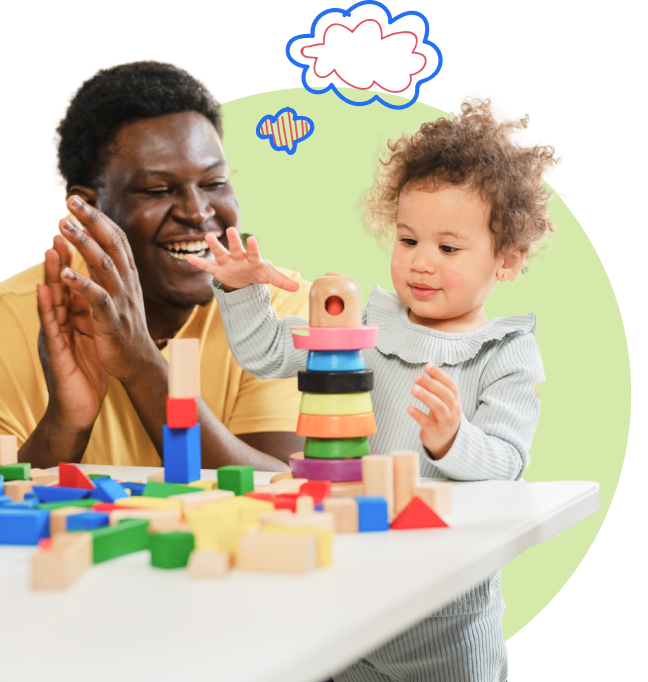Blog


Child Development Milestones from Birth to Six Months
It is important to keep track of how your baby develops right from the start. The small movements, actions, and speech progressions all determine whether or not your child is growing appropriately. Fair enough, other milestones may be hit slower but all the same, the important thing is to confirm a healthy trend.
By the first half, your child typically should be apt in certain physical, mental, and communication skills. It shows in how they behave and act around people or even when alone. There should be cause for alarm when you notice predominant inactiveness all round. That said, here is a breakdown of what to expect by 6 months.
1. Enhanced Curiosity
Babies naturally tend to gravitate towards big bright objects by this age. They will try to reach out and grasp items or at the least attempt to feel different textures. That tells you that their color vision is equally growing sharper. Luminous shades on toys, books, or other objects should strike a nerve and trigger a response towards the same.
2. Ability to Recognize Familiar Faces
Still on cognitive milestones, you should notice a pattern in your child’s behavior when exposed to new people/ environments. Normally, they will cry in the presence of a stranger and that’s good. It shows that they can tell who is familiar and who is not. Furthermore, they respond to names when called.
3. Babbling Sounds
6 month olds begin to make sounds of their own, usually in the form of babbling. This gibberish language is a good indicator that the brain is receiving sound stimulus. In turn, they verbalize common vowels and consonants like “ah, eh, b &m”. You may also notice that they delight in turn-taking when spoken to. Toddlers grow into a habit of following after what their siblings and parents say to them.
4. Sensory Milestones
Reflex responses are a key indicator of this. Case example, when the door is slammed too hard or something breaks this should trigger an immediate response. Unusual calmness may be a sign of improper hearing. Also, your child should register better eye and hand coordination. Apart from just grabbing objects, they should also follow objects steadily.
5. Physical Movements
Unlike in earlier months, children with a normal growth pattern will be able to crawl, and even sit briefly without support. During sleep hours, they could roll over independently from front to back and vice versa. Other significant motor traits include the use of both hands. And not just that but also grasping objects with all fingers. The finger muscles grow stronger and can hold onto objects longer and much firmer. It’s no surprise to have them bring things to mouth either.
When to be Concerned
Keep in mind that at times a delay could only be a minor however, it is better safe than sorry. Seek medical advice when your child,
- Cannot sit completely.
- Does not respond to sound or moving objects.
- Displays unusual inattentiveness.
- Still maintains fist positions on both hands.
Do you suspect your child is lagging in one area or the other? Start early intervention treatment today and make a difference. At About Play, we have years of experience dealing with similar cases and specialize in offering reliable treatment programs. Contact us for more information.

